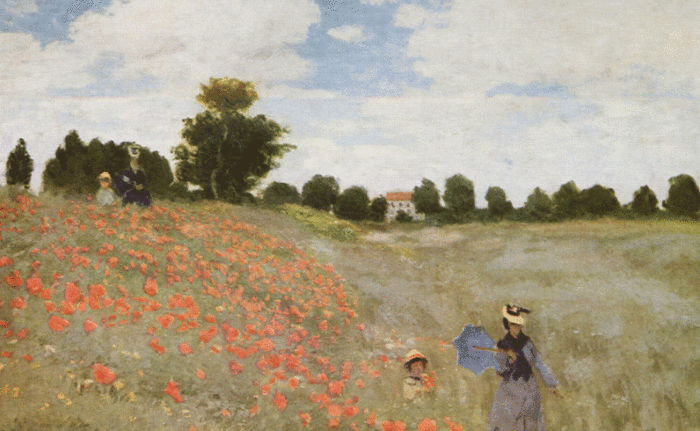Today marks the birthday of Hungarian composer and pianist Franz Liszt (1811–86). The greatest piano virtuoso of the Romantic era (and arguably of all time), Liszt’s astounding talent expanded the scope of what a piano could do, transforming the instrument into an expressive powerhouse that approached the range and complexity of a full symphony orchestra. Liszt’s mind-blowing piano prowess, coupled with a dynamic and charismatic performance style, made his concerts must-see events and garnered him “rock star” status the likes of which the world had never seen before. Frenzied audience members reportedly fainted, threw pieces of clothing on stage, and fought over broken piano strings and locks of his hair in a phenomenon that would be deemed “Lisztomania.”
While Liszt’s name will forever be synonymous with dazzling piano pyrotechnics, stopping here vastly underrepresents the depth of his contributions to music. In addition to expanding the piano’s scope, Liszt’s compositions were often defined by a forward-looking sense of harmonic adventure, and his later works evolved away from flashy showpieces and towards a leaner style that pushed tonal boundaries and anticipated the 20th century musical language to come. As we celebrate the enduring legacy of Franz Liszt on his birthday, grab your headphones and enjoy a handpicked playlist of some of his best loved works.
1. Hungarian Rhapsody No. 2
Filled with dramatic flourish and sprightly folk-dance melodies, Hungarian Rhapsody No. 2 is both an audience favorite and a time-honored pop culture staple. Tom and Jerry, Bugs Bunny, and Daffy Duck are just a few of the colorful characters to have had some fun with this electrifying showstopper.
2. Mephisto Waltz No. 1
Taking its cue from the Faust legend, Mephisto Waltz No. 1 is a scintillating whirlwind of piano brilliance.
3. La Campanella
One of the most technically challenging piano pieces ever written, La Campanella (“little bell”) is based on a melody by the king of virtuoso violinists, Niccolò Paganini.
4. Three Concert Études: Un Sospiro
The last of Liszt’s Three Concert Études, Un Sospiro uses hand crossing to maintain a never-ending and seemingly effortless cascade of notes that belies its technical difficulty.
5. Transcendental Étude No. 4: Mazeppa
Inspired by the story of Mazeppa, in which the legendary hero is strapped to a wild horse which is set free, Liszt’s Transcendental Étude No. 4 pairs a breakneck pace with jaw-dropping piano feats.
6. Liebestraum No. 3
“Liebestraum” means “love dream,” and this gentle and tender piano piece (which was originally written for piano and voice) is one of Liszt’s most beloved works.
7. Piano Sonata in B minor
Calling for non-stop, near super-human demands that test the endurance of any pianist, the stormy and immense Sonata in B minor remains an Everest of the piano repertoire and a marvel to behold in performance.
8. Les préludes
In addition to dazzling works for piano, Liszt was instrumental in defining and shaping the “symphonic poem” genre for orchestra. Les préludes is his best known symphonic poem and one of his most often performed orchestral works.
9. Totentanz
Thundering and percussive power meets blazing virtuosity in this fiery “dance of death” based on the Dies irae, a medieval plainchant associated with the Mass for the Dead.
10. Nuages gris (“Gray clouds”)
This haunting and atmospheric piece from Liszt’s late period is brief and technically simple compared to the other examples on this list, but it imparts a remarkably powerful effect on the listener.
—Katy Judd



